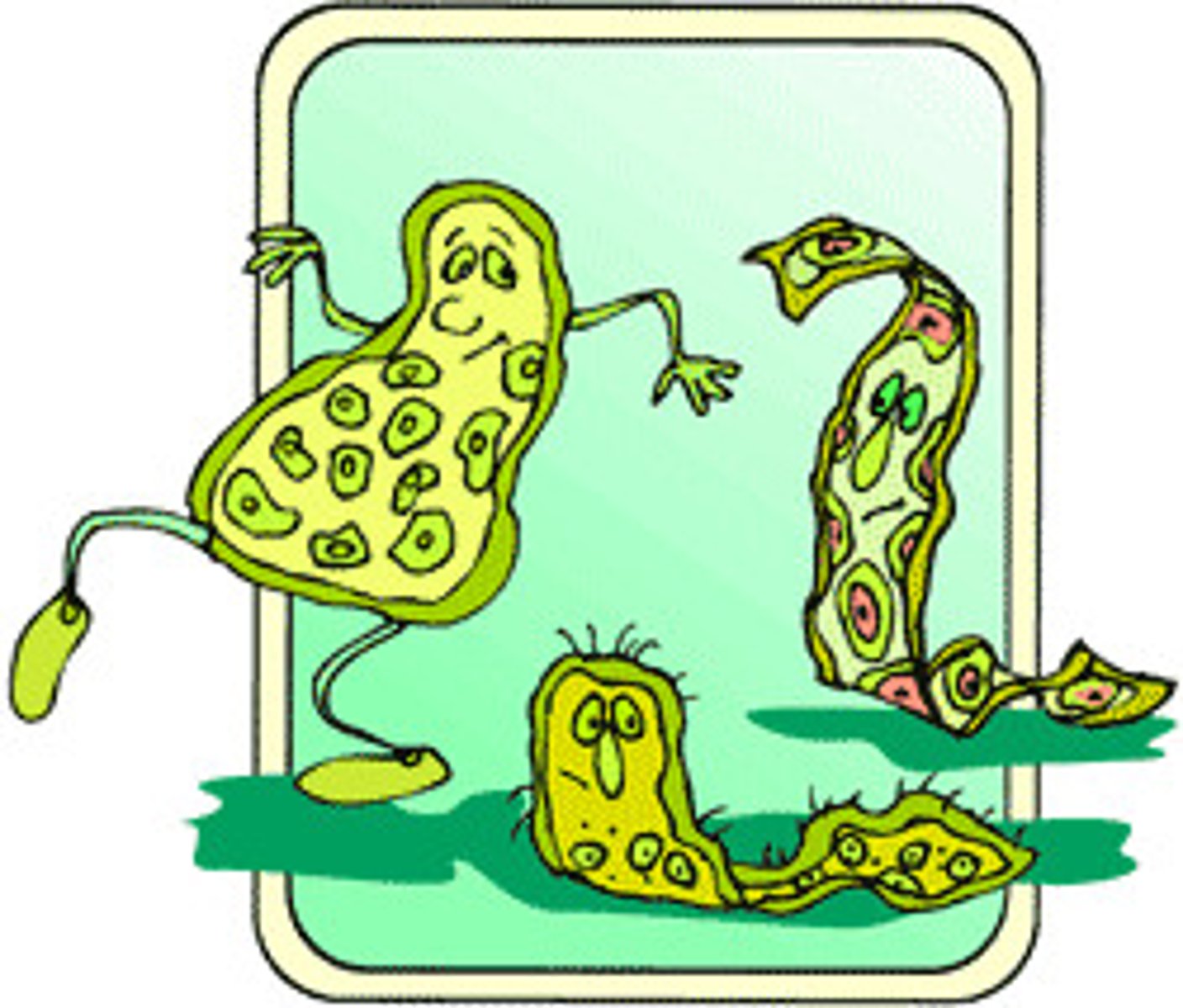Microbial Symbioses Quizlet
1/35
There's no tags or description
Looks like no tags are added yet.
Name | Mastery | Learn | Test | Matching | Spaced |
|---|
No study sessions yet.
36 Terms
rhizosphere
complex microbial ecosystem including plant roots and surrounding soil
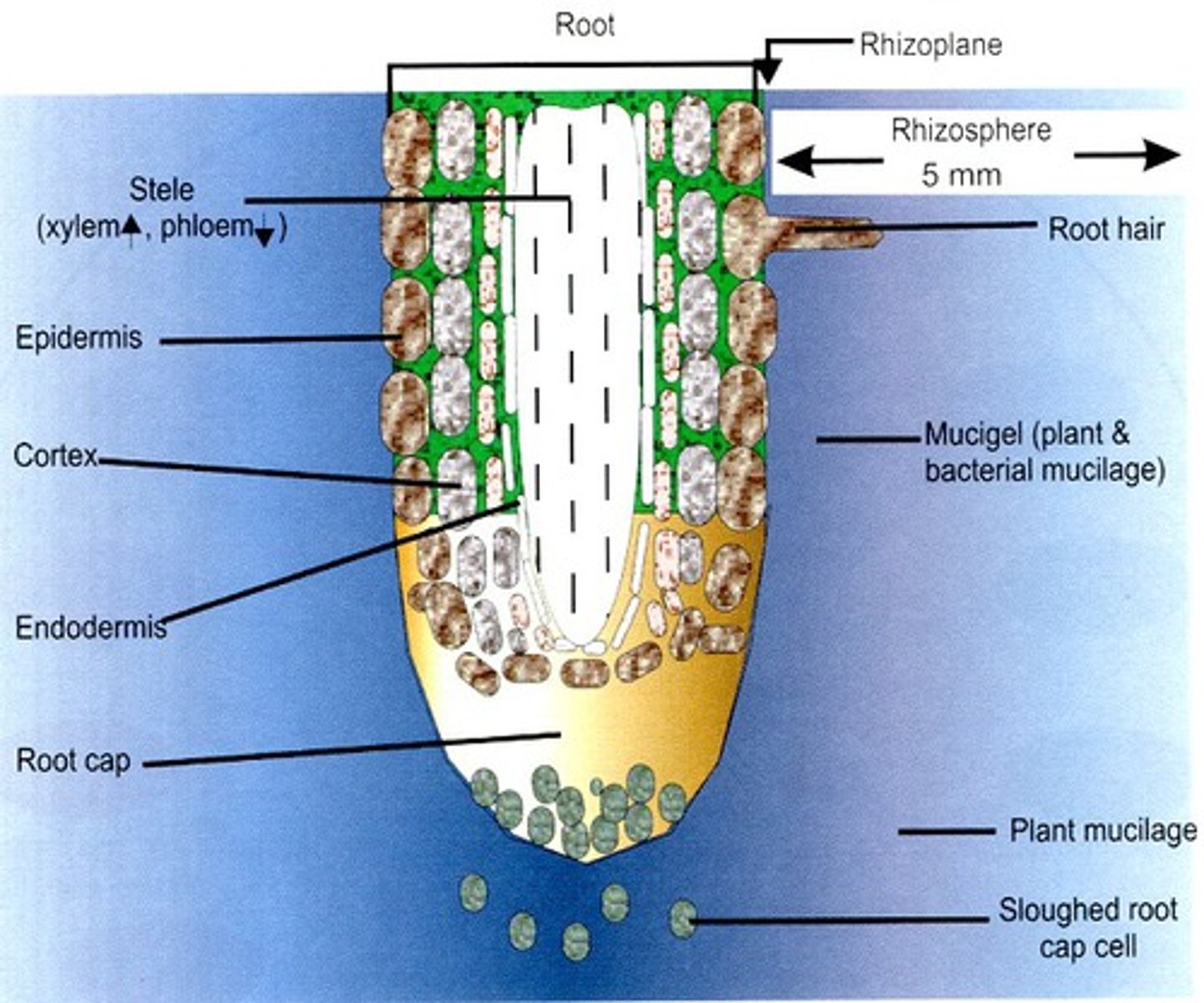
phylosphere
leaves of plants and the complex microbial ecosystem that covers them
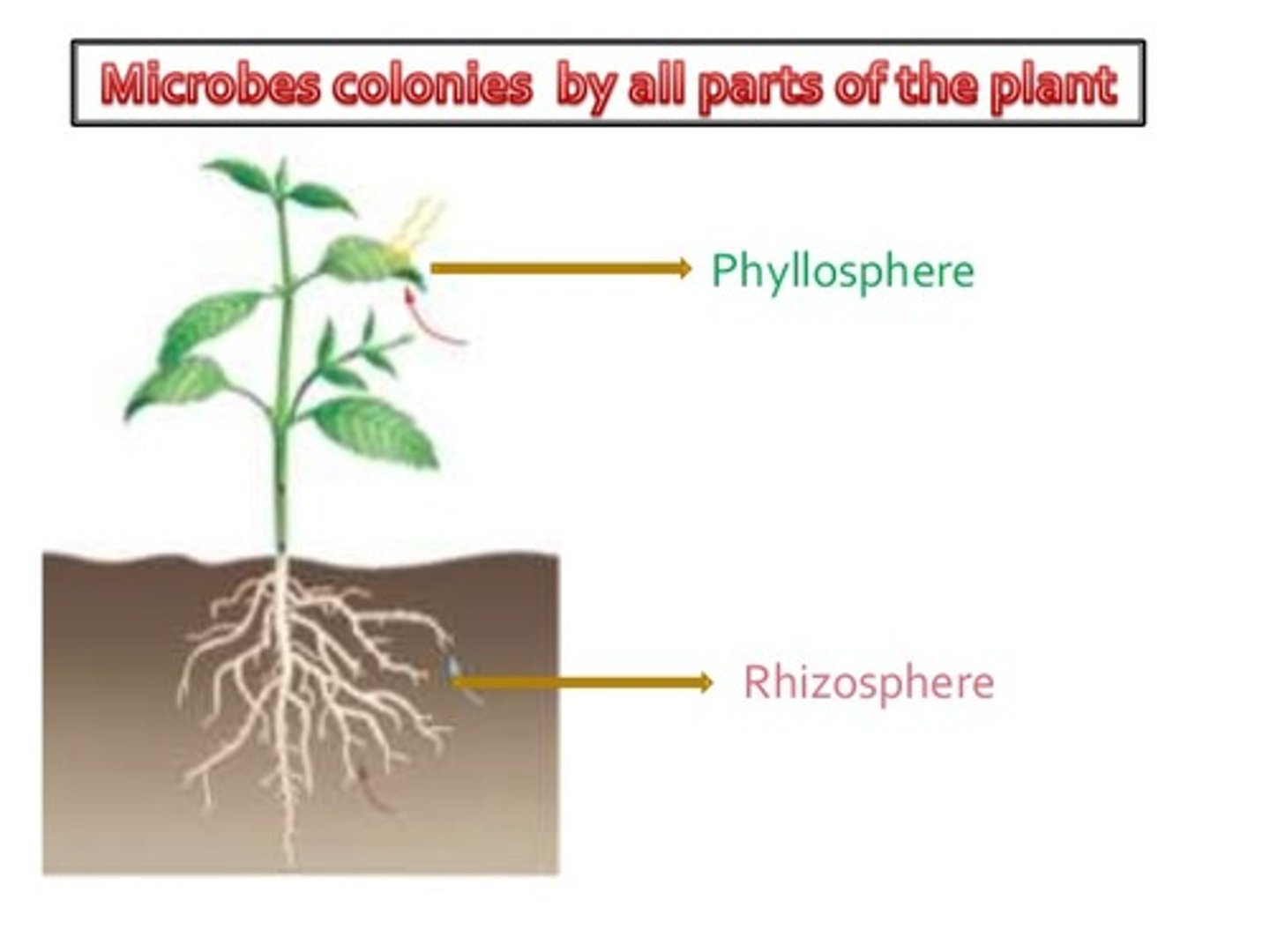
leghemoglobin
oxygen carrier protein that is found on nitrogen fixing root nodules of legume plants. It functions to sequester oxygen, protecting nitrogenase.
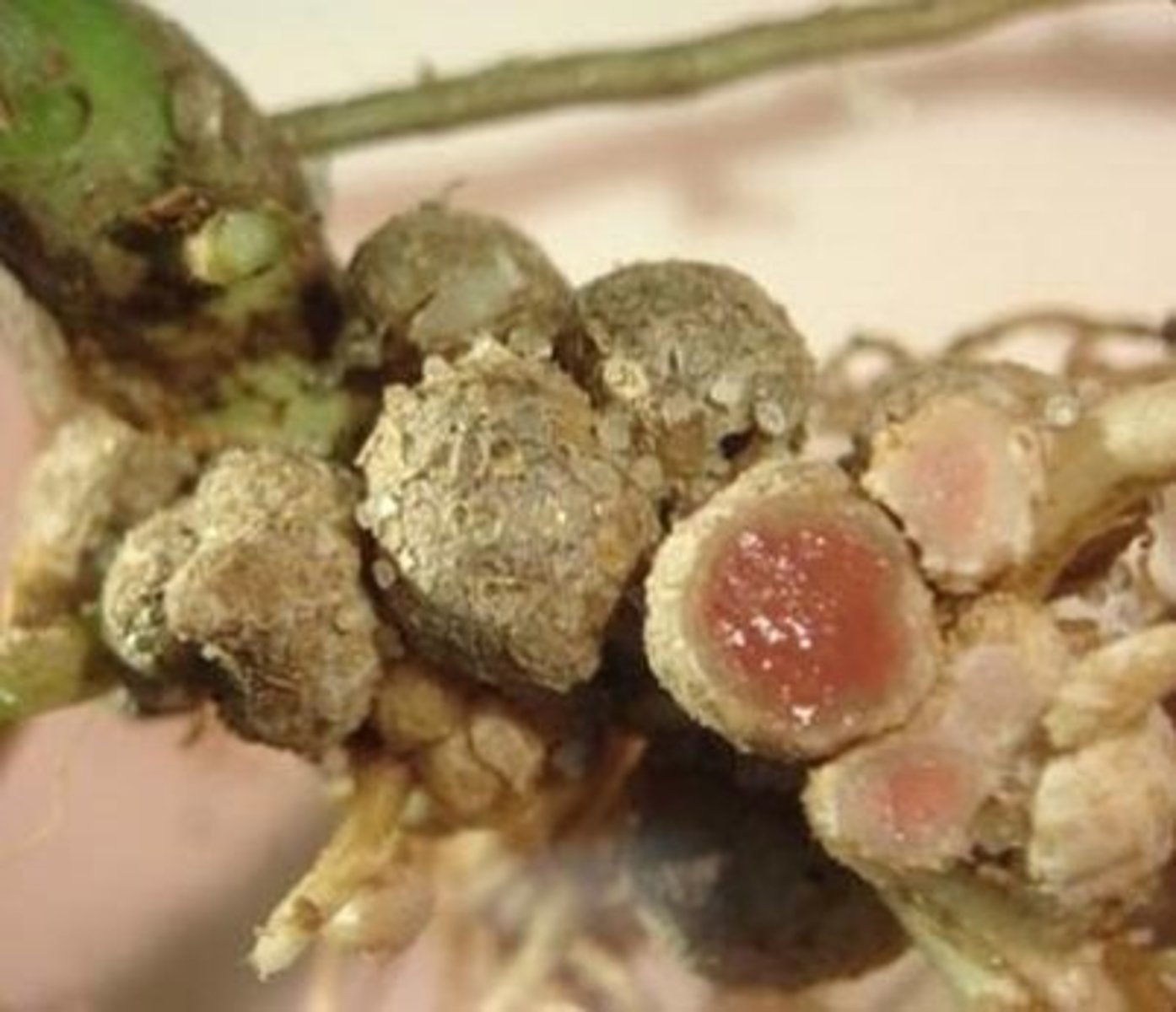
mycorrhizae
Fungi that grow with the roots of a plant in a mainly symbiotic relationship
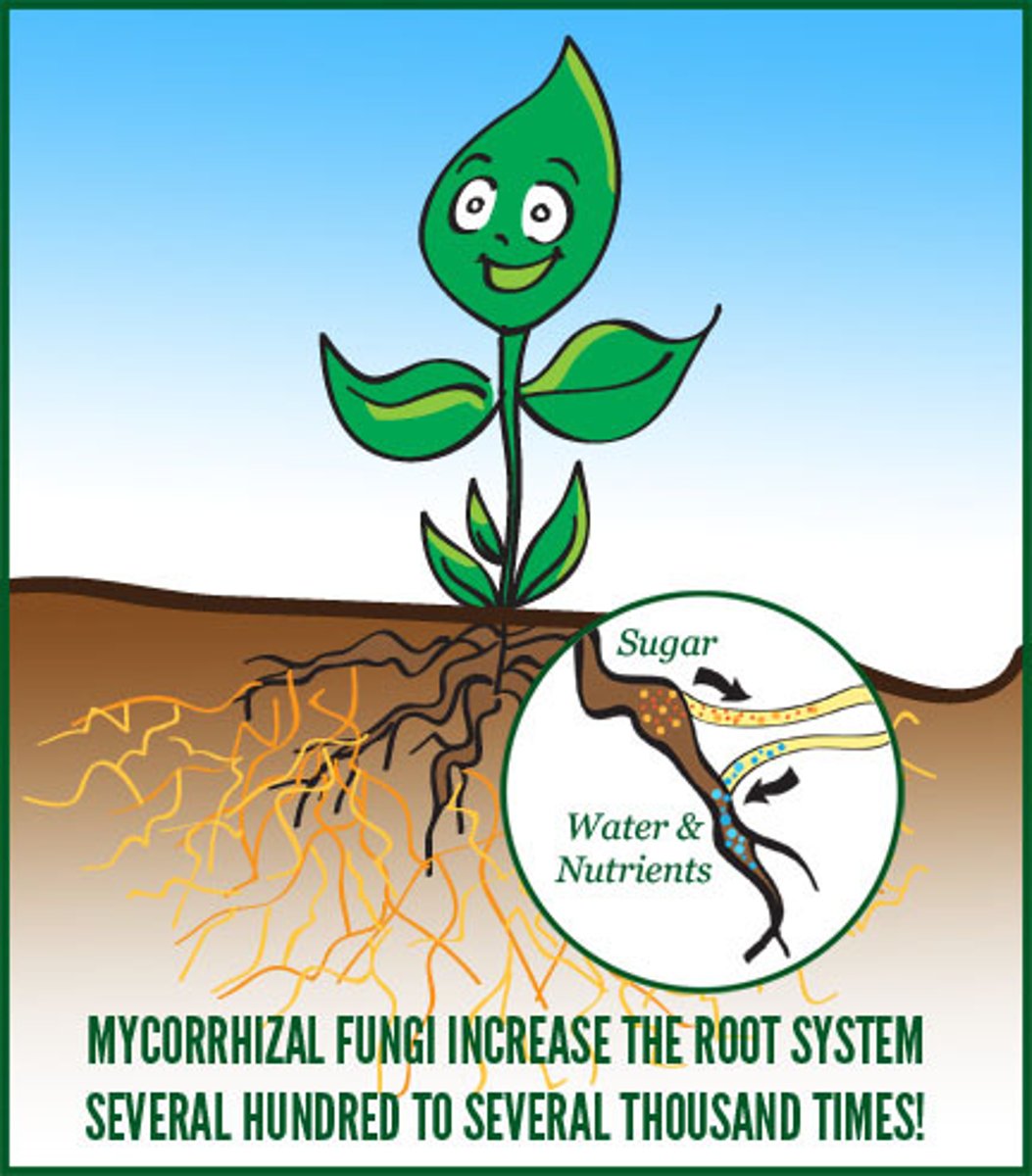
biostimulation
Method to clean up toxic chemicals by providing additional nutrients for existing bacteria to grow

bioagumentation
Method to clean up toxic chemicals by adding bacteria to a spill site

chemolithotrophic
the use of inorganic reduced compounds for energy
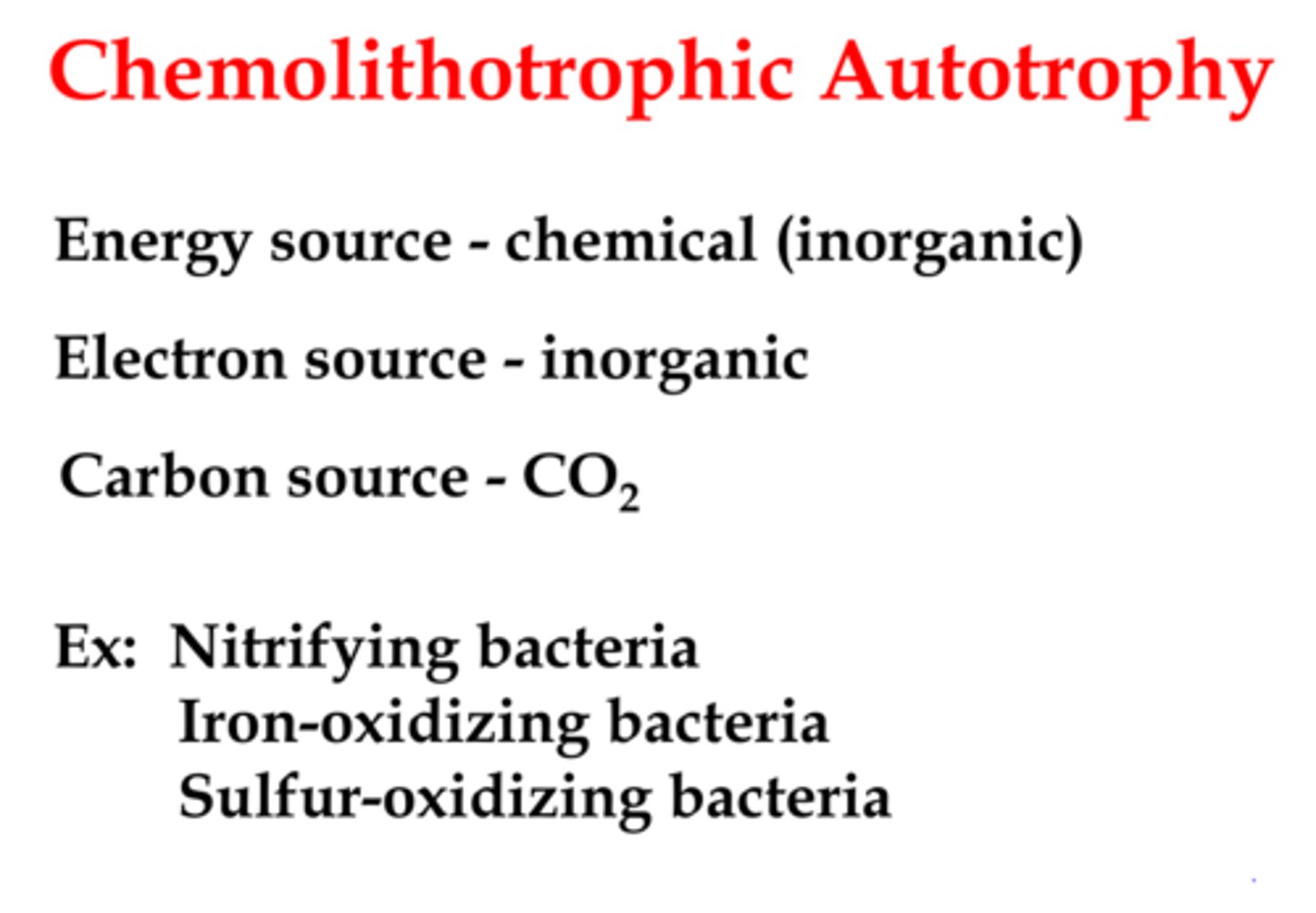
A. fischeri
bacterium that has the ability to act as an bioluminescent and often forms mutualistic symbioses with invertebrates
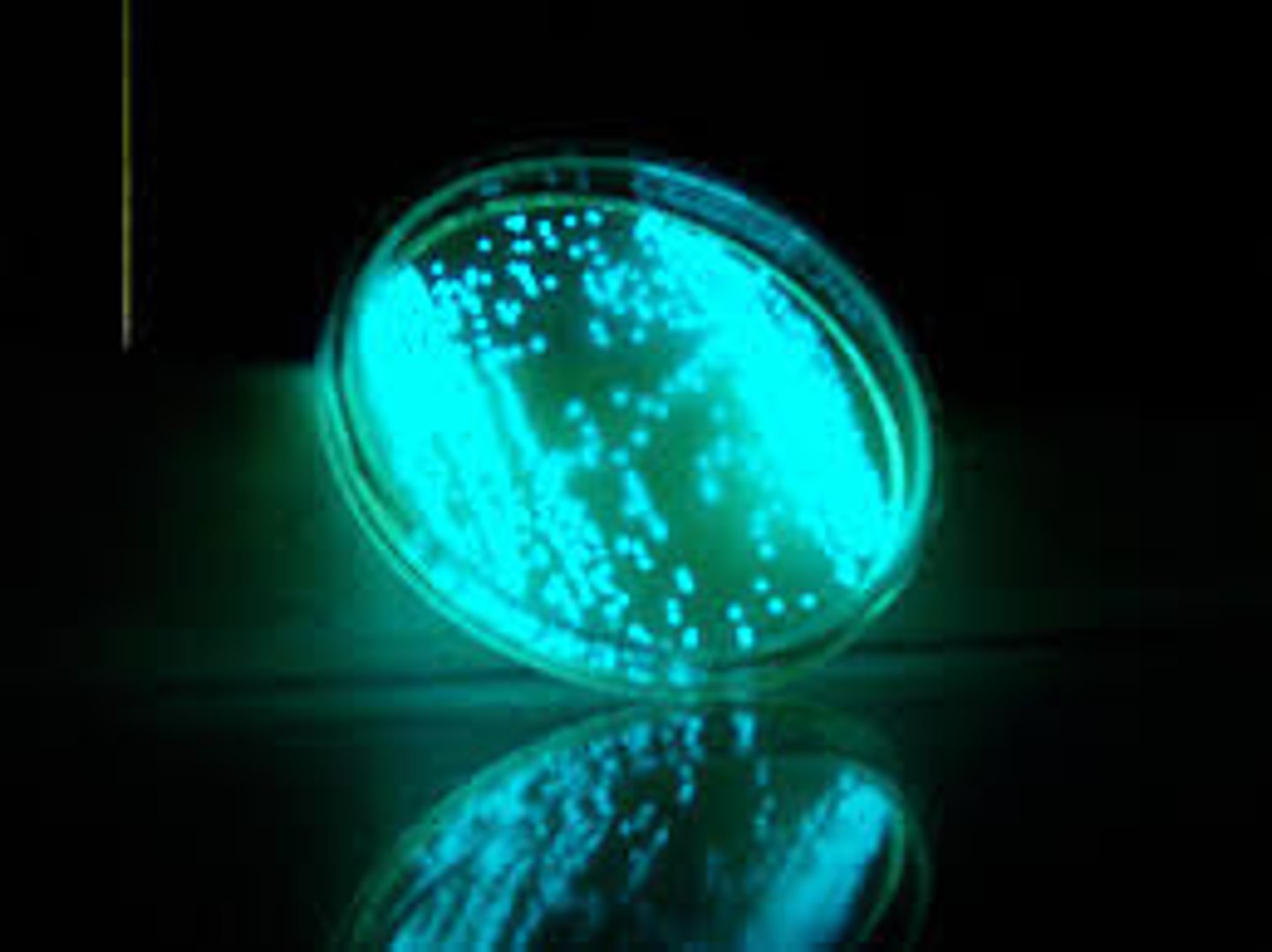
microbiota
microorganisms that make up a particular area, habitat, or within the body
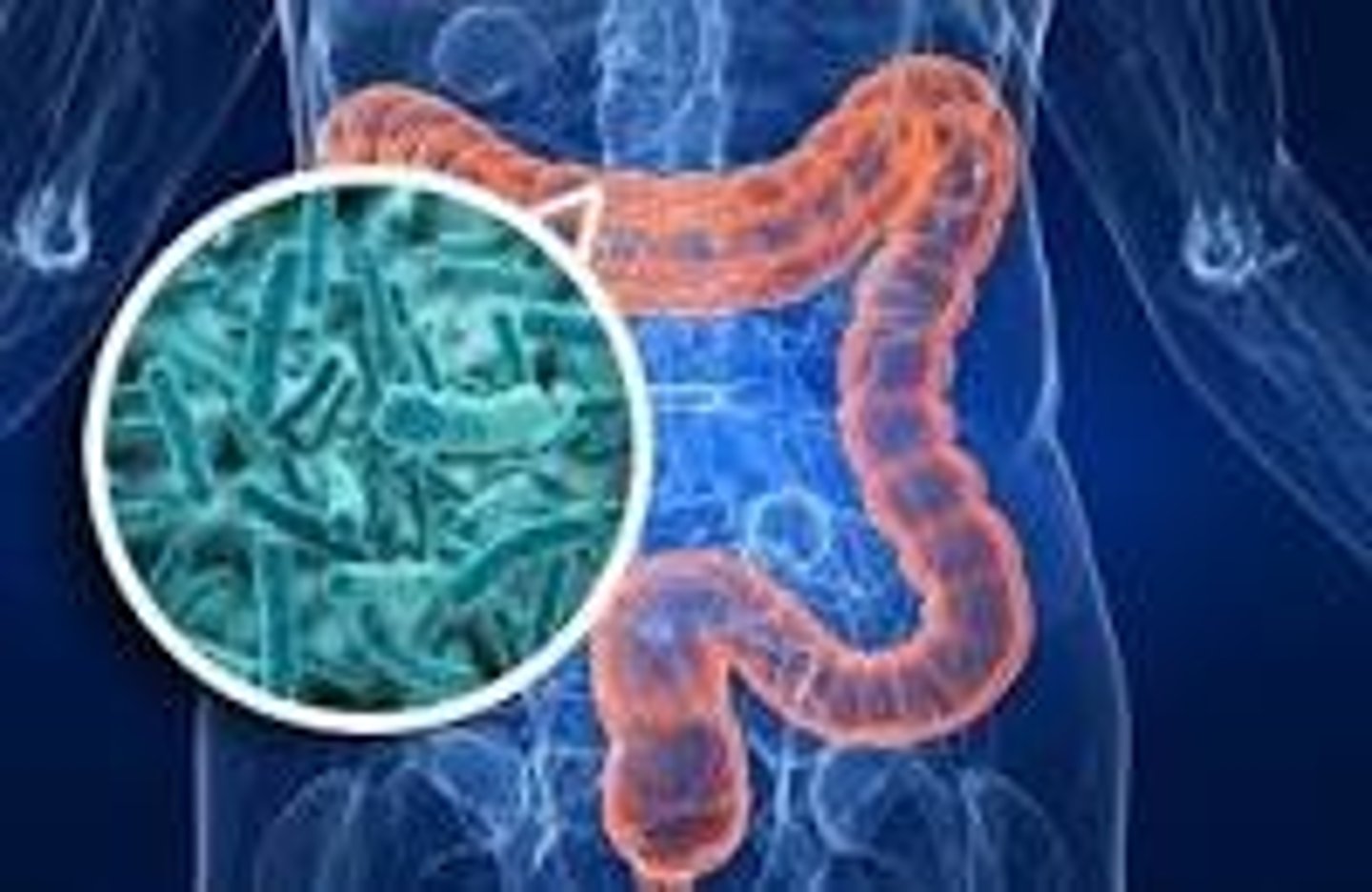
Helicobacter pylori
bacterium that was found to be the causative agent of stomach ulcers
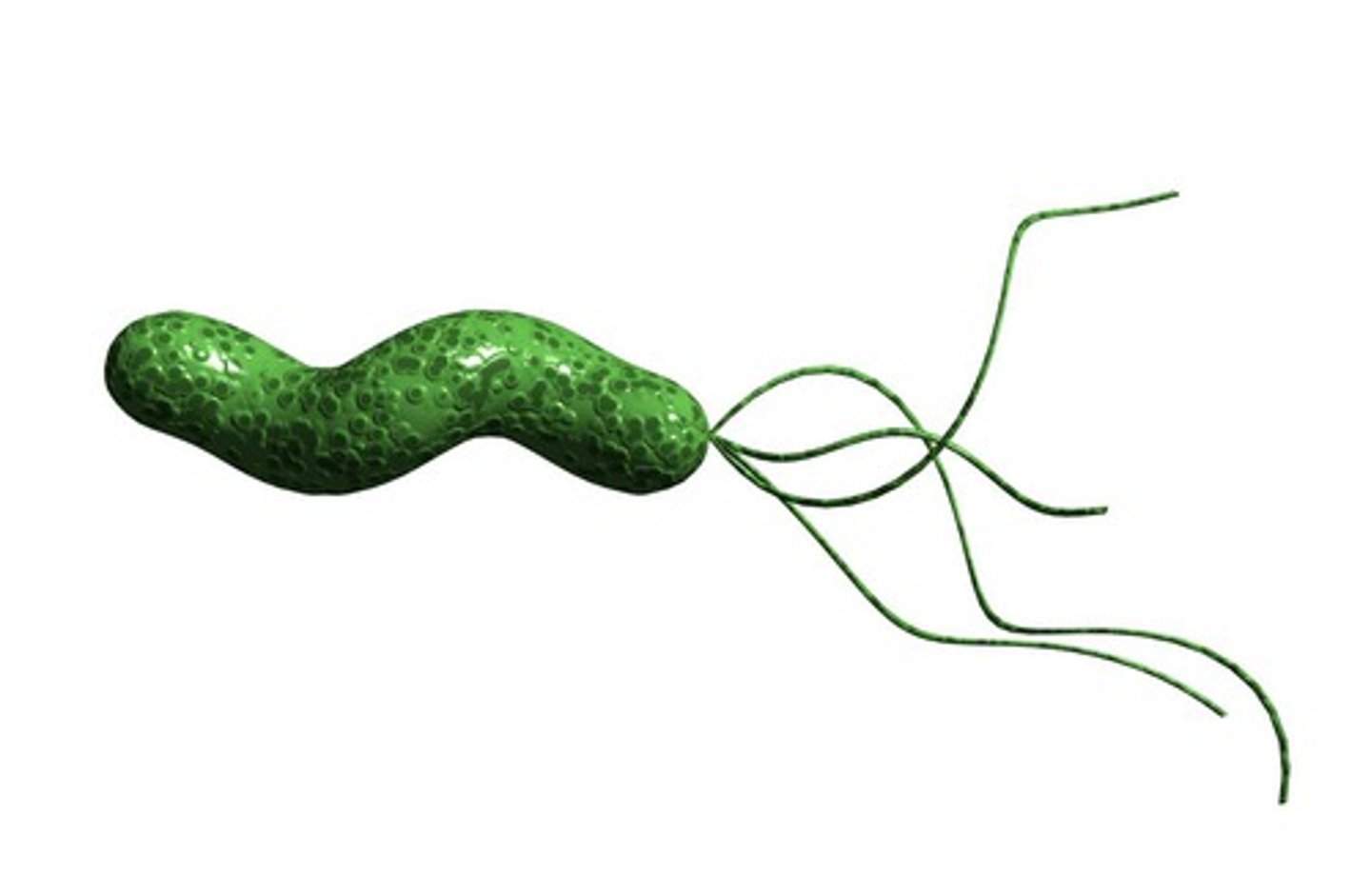
prebiotics
non-digestible food additives used to promote growth of good bacteria
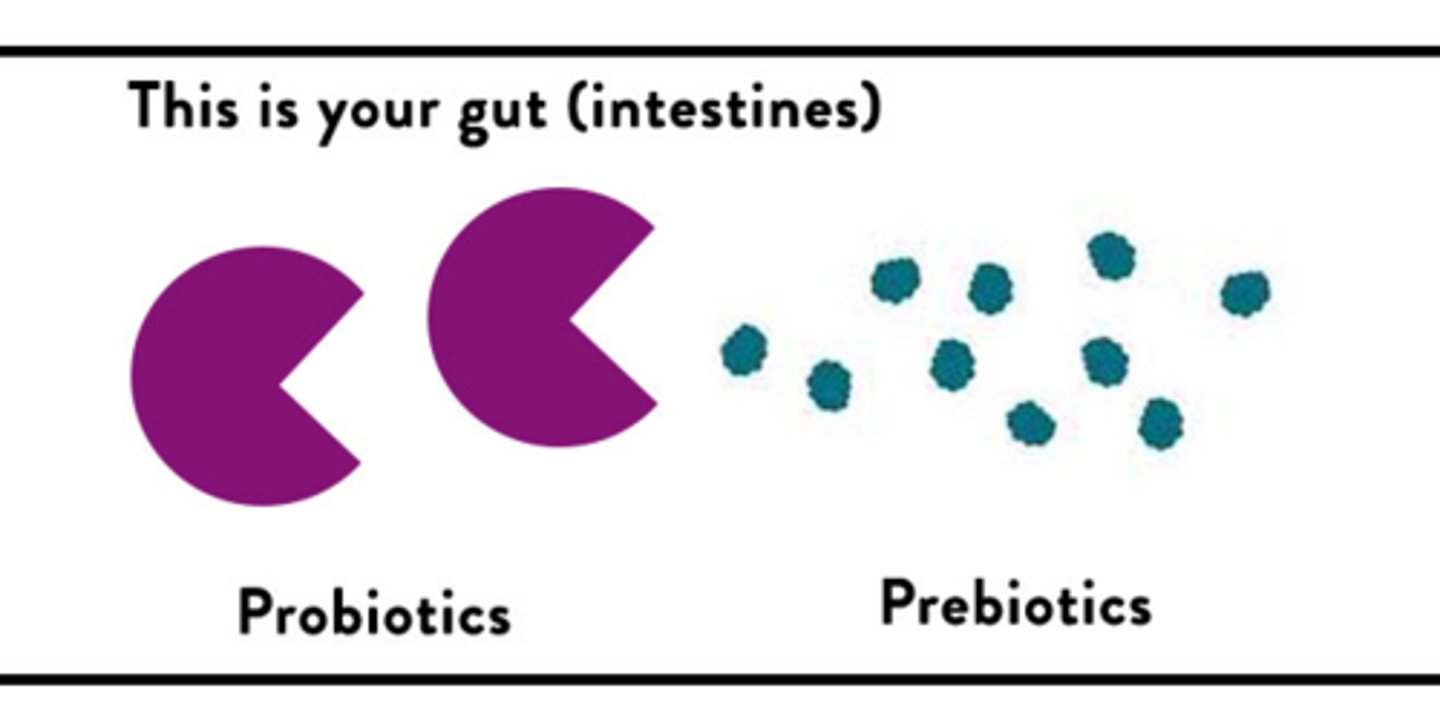
probiotics
living organisms that have scientifically been proven to improve health when consumed or administered
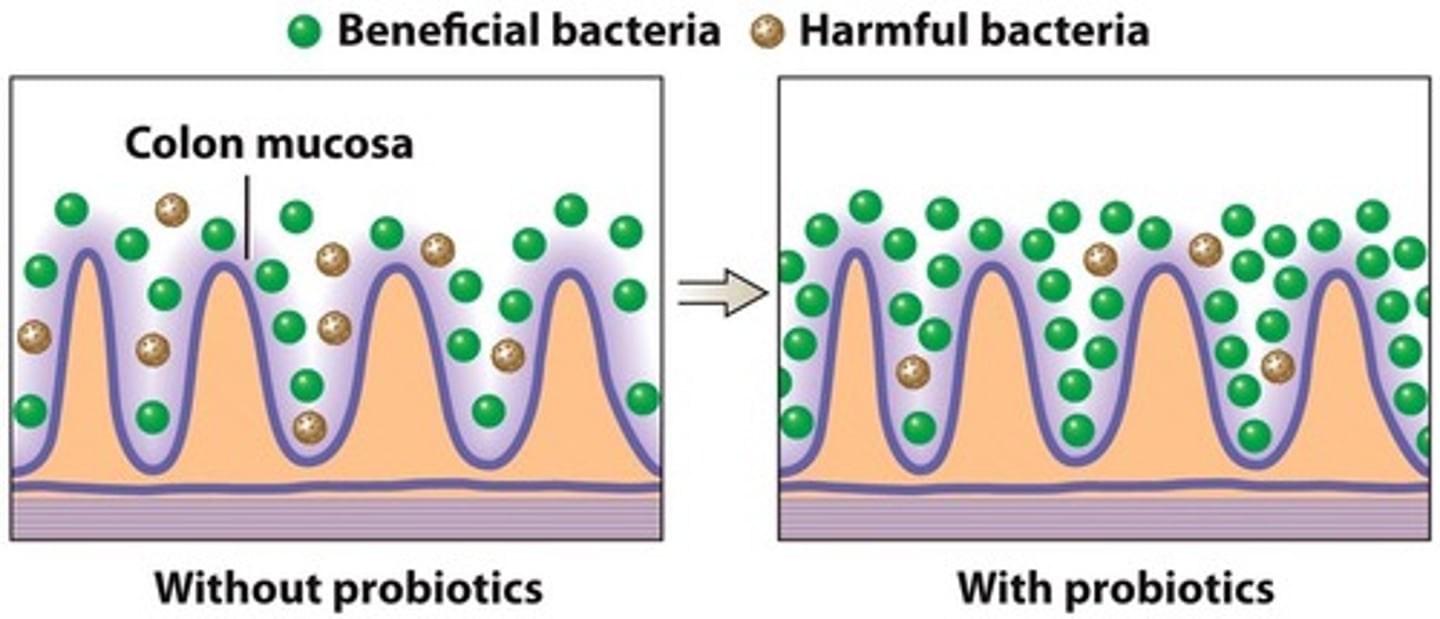
gnotobiotic
term to describe animals that lack normal microbiota or all together are "germ free"
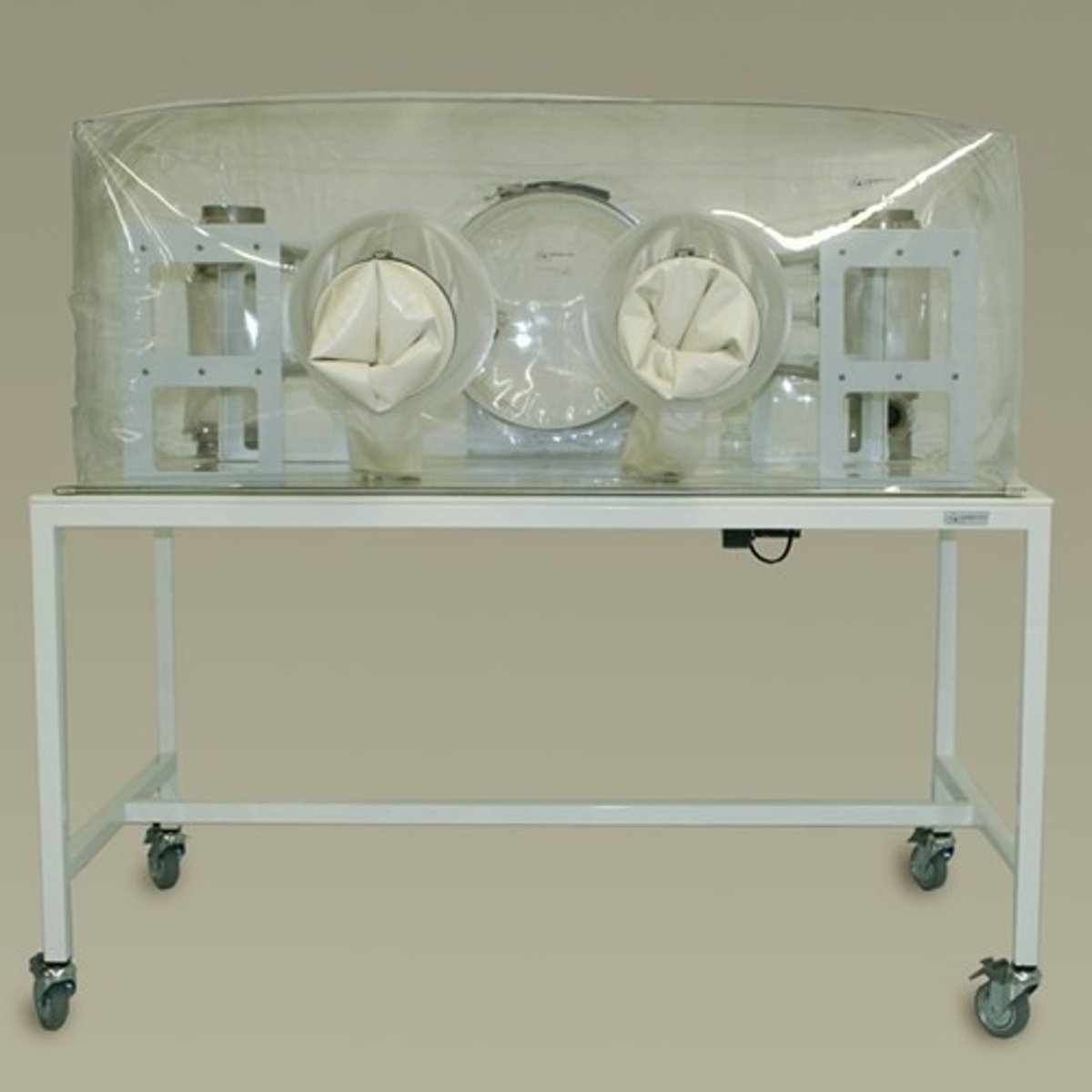
Clostridium difficile
bacterium that can cause serious complications such as colitis and highly resistant to antibiotics
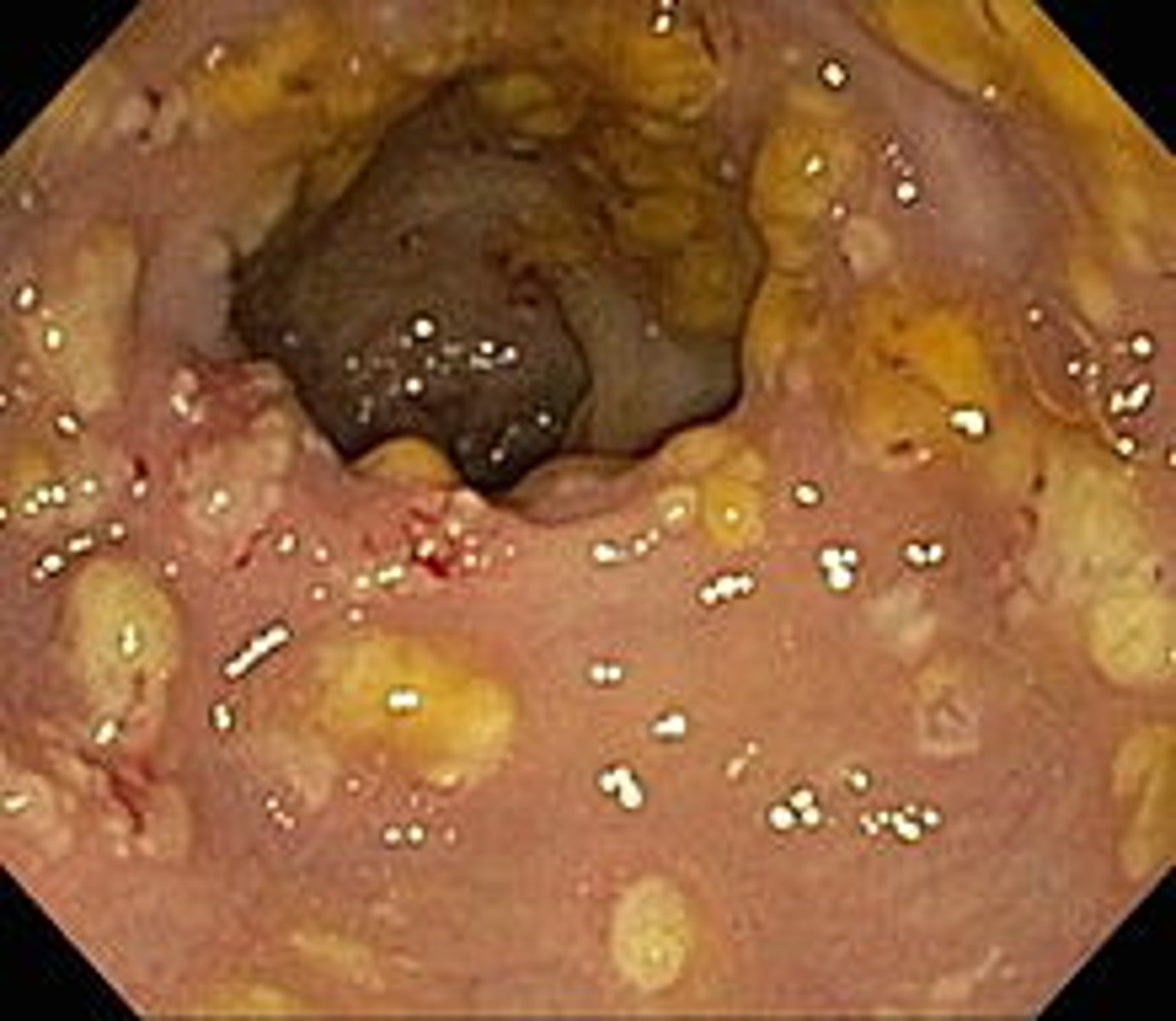
dysbiosis
microbial imbalance on or inside the body that can cause a disruption in normal function
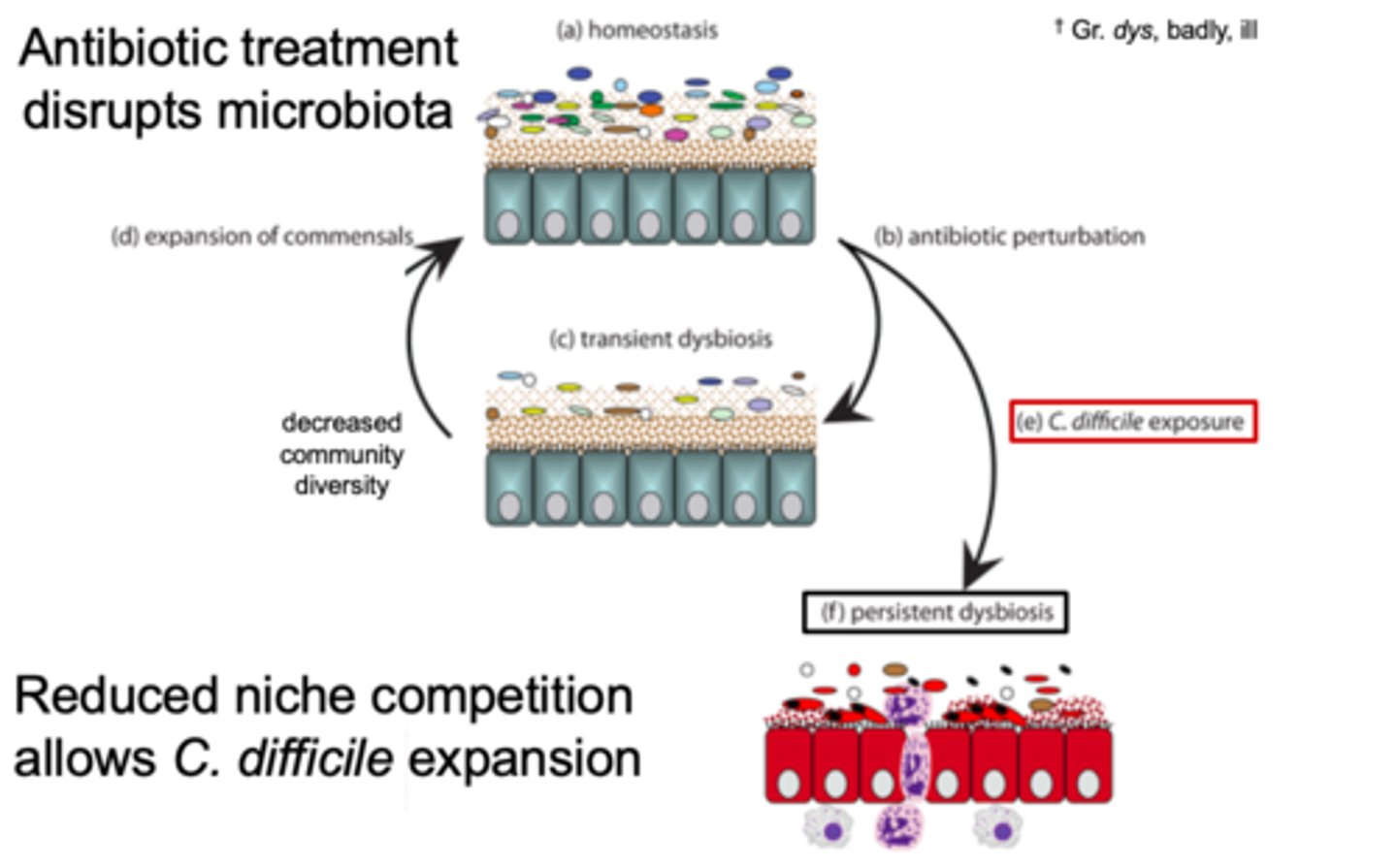
endosymbiont
organism that lives to mutual benefit within the body or cells of another organism
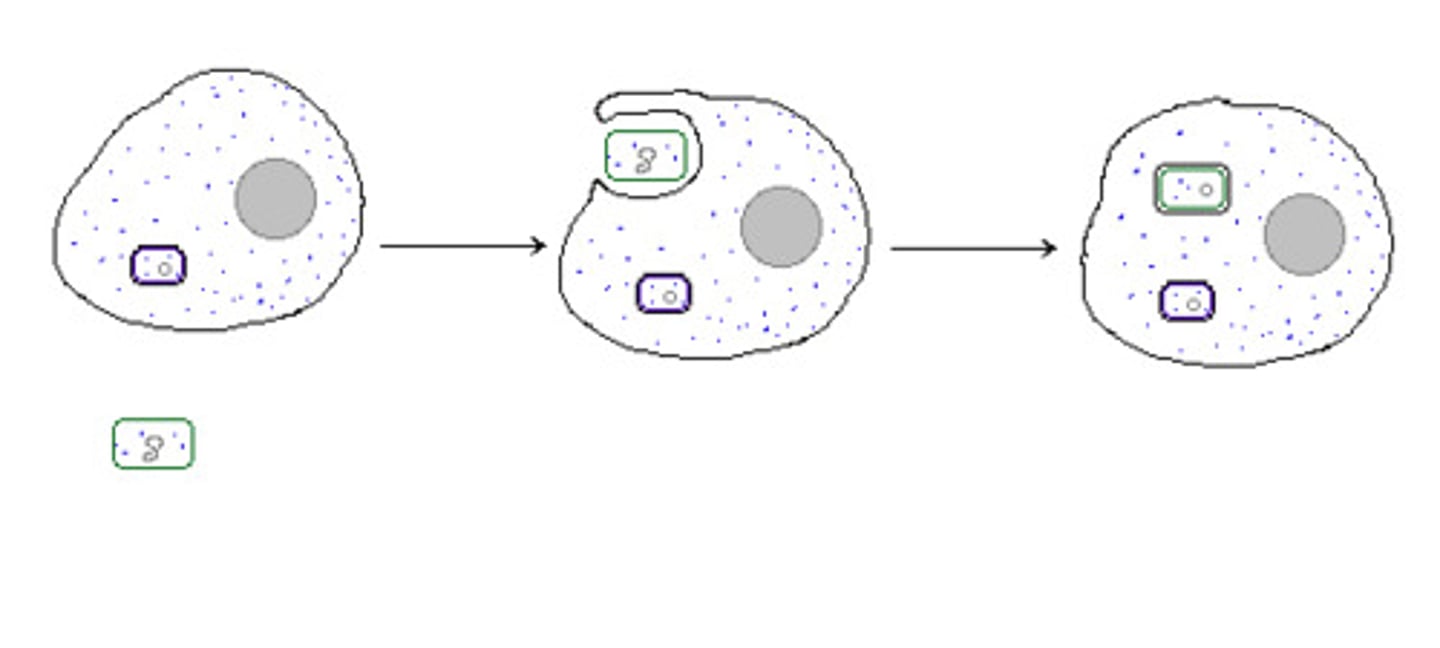
Rhizobia
nitrogen-fixing bacteria that are commonly found in the soil, mainly found in root nodules of leguminous plants
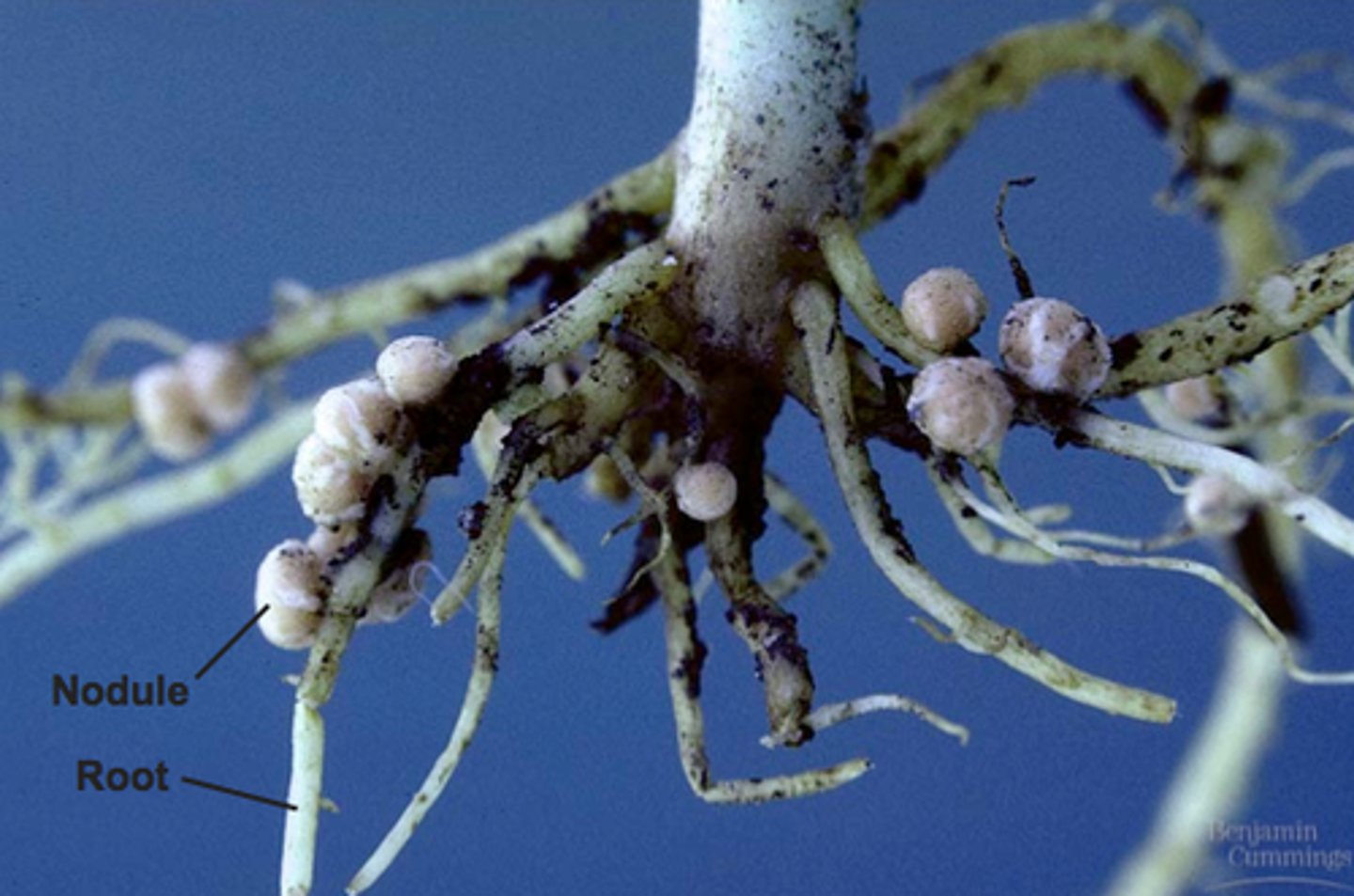
pathogenicity
the ability of a parasite to inflict damage on a host

virulence
the degree to which a pathogen inflicts damage (usually measured as an LD50) The lower the LD50 - the more deadly the disease is...

septicemia
blood poisoning giving rise to a systemic infection from bacteria or other toxins that can lead to septic shock, inflammation, and or death
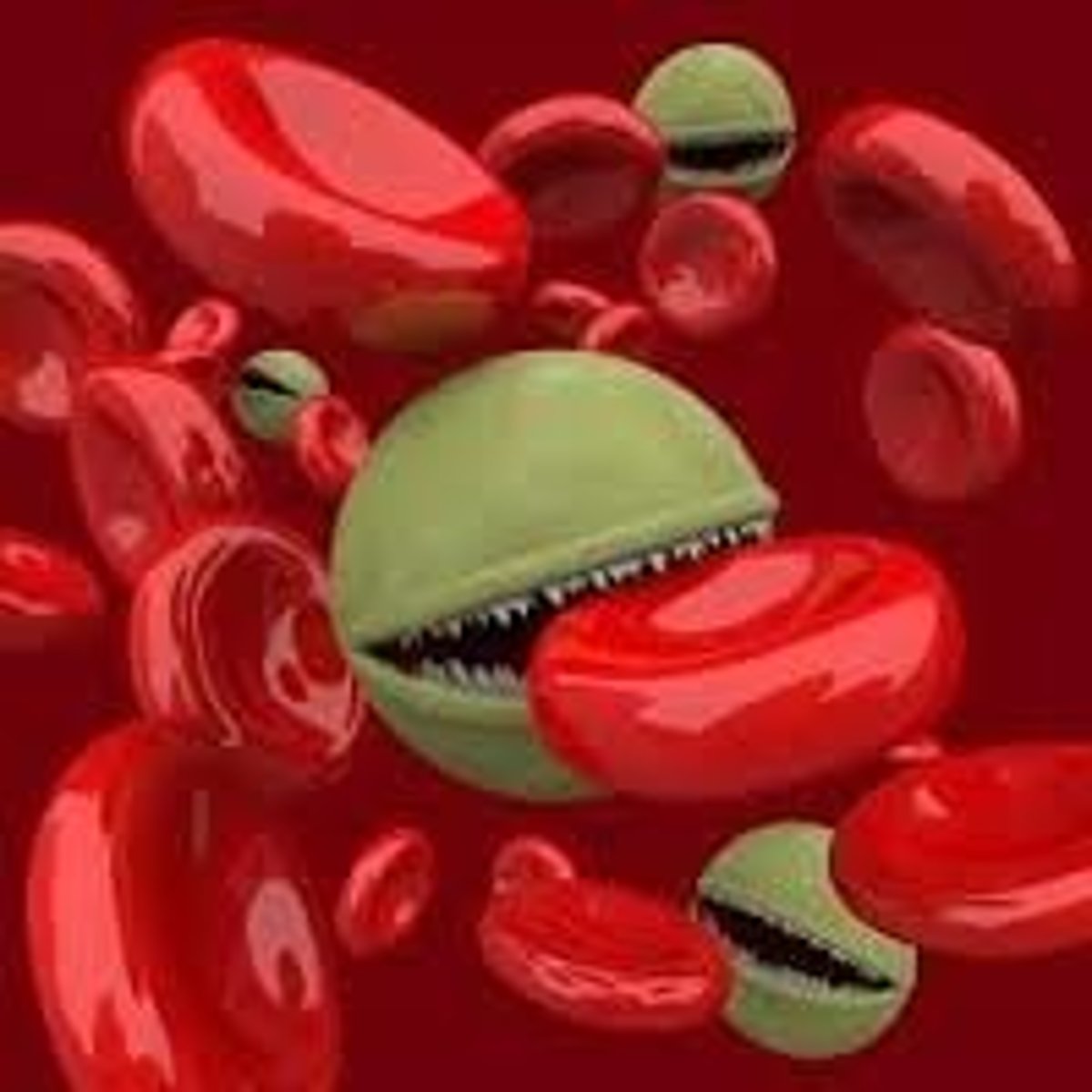
indirect transmission
infections that spread from when an infected individual sneezes or coughs allowing transmission to occur through air droplets or fomites.

superantigens
toxins that over-stimulate the host immune response which can lead to shock and death
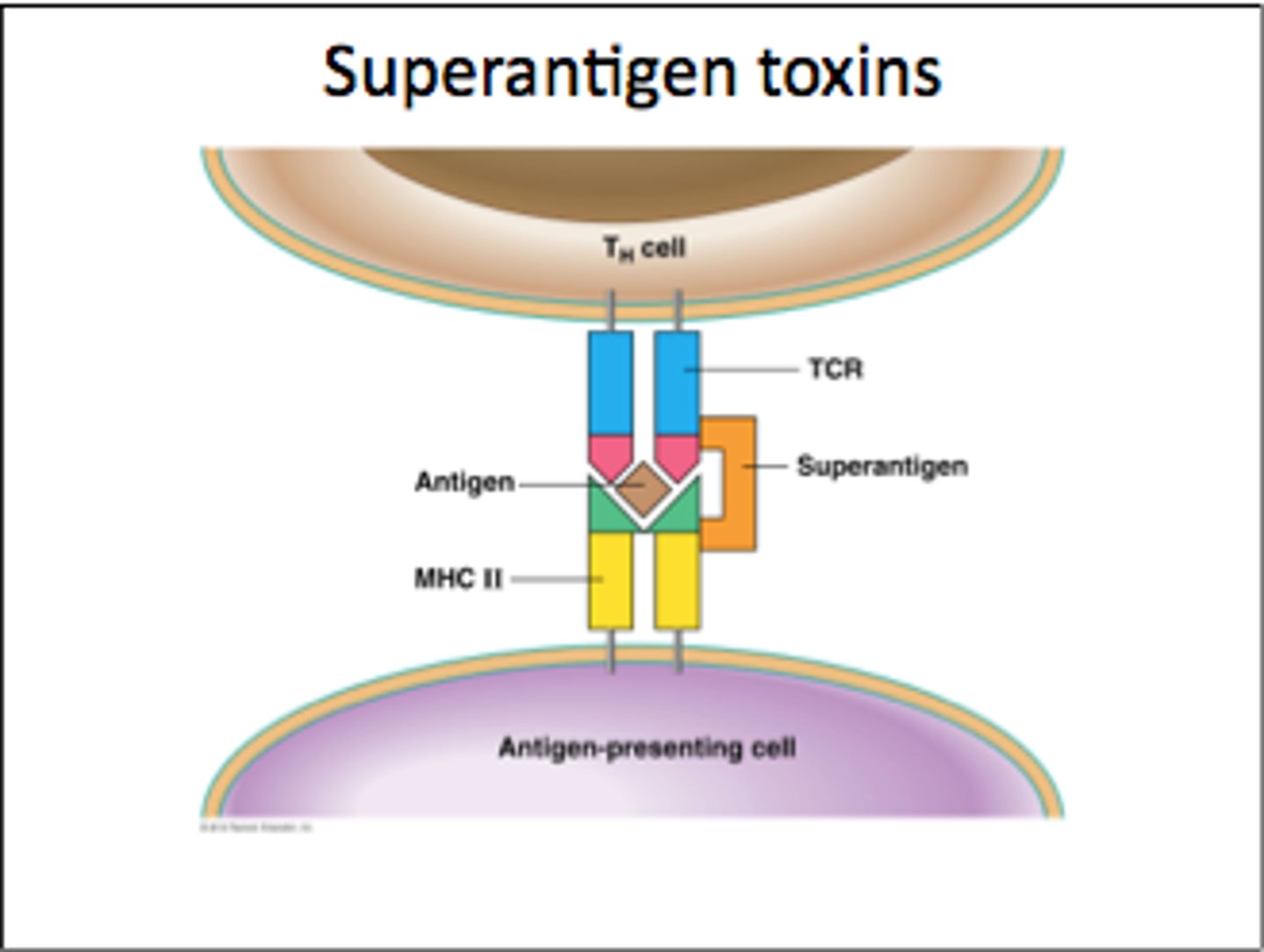
adherence
enhanced ability of microbes to attach to host tissues
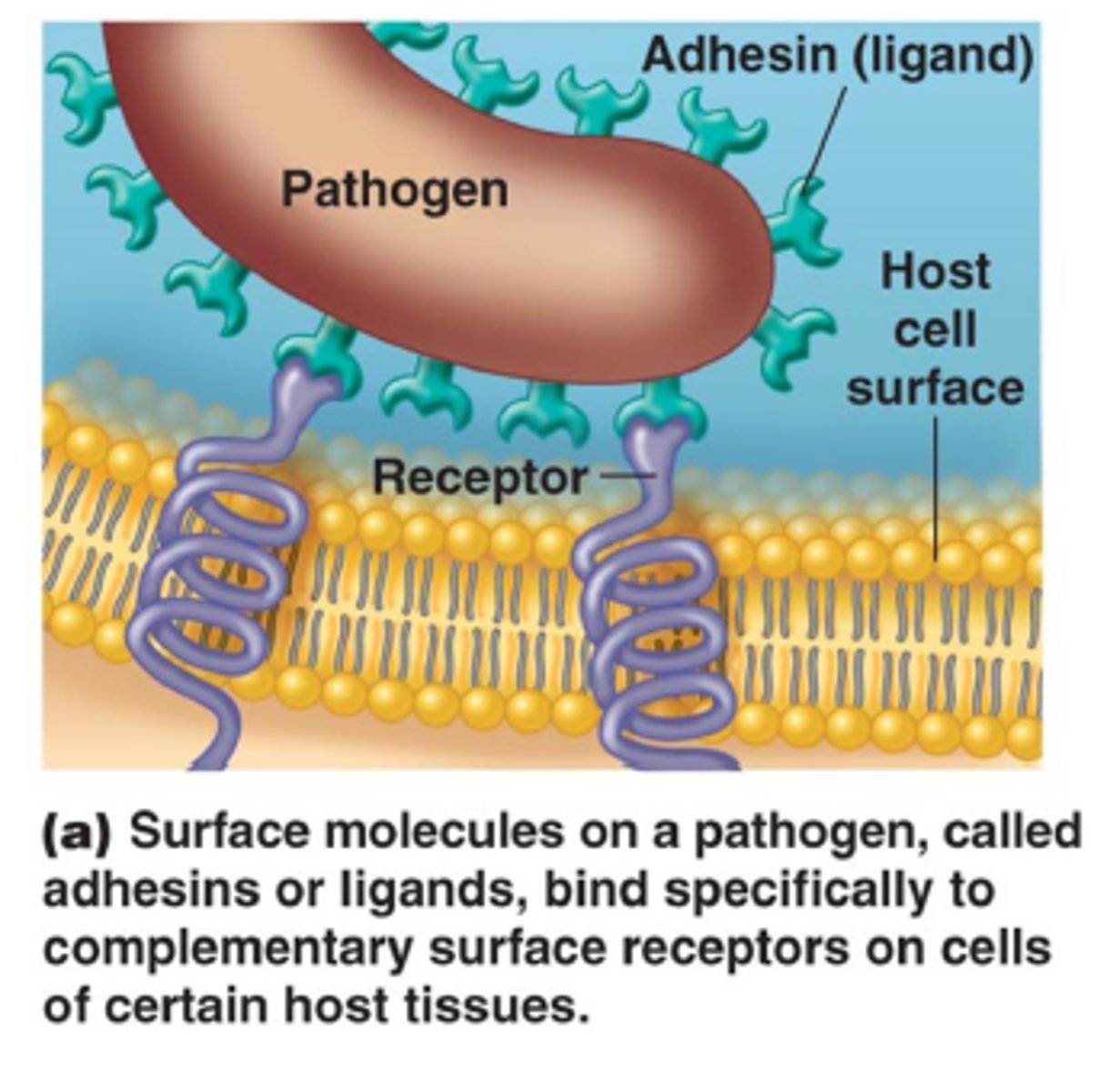
LD50
estimate of virulence by measuring the lethal dose of a pathogen to kill 50% of a population
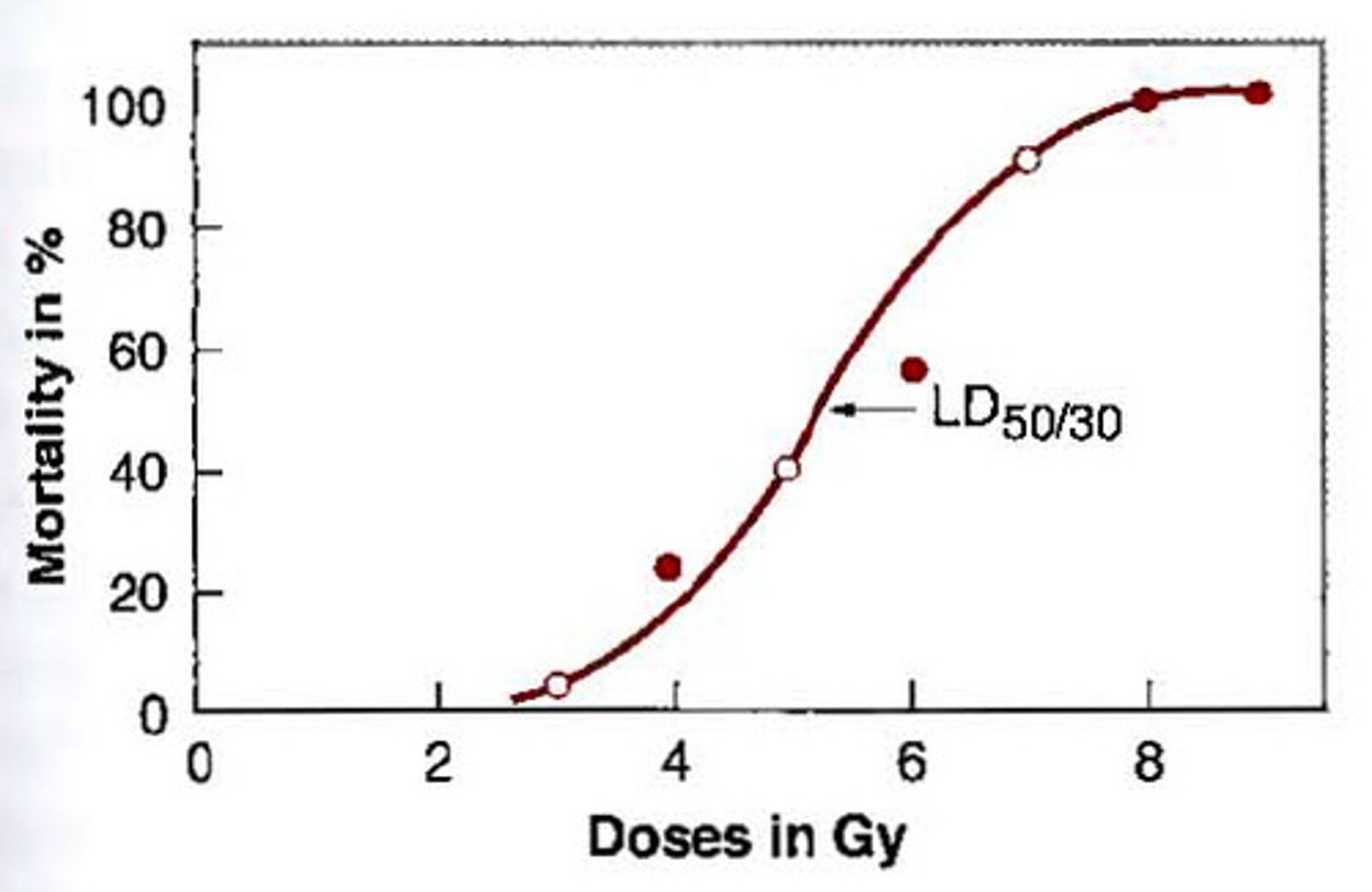
fomite
an object that can likely carry infections such cloths, utensil, furniture, etc.

coagulase
bacterial enzyme that aids in clotting to protect bacteria from immune system responses
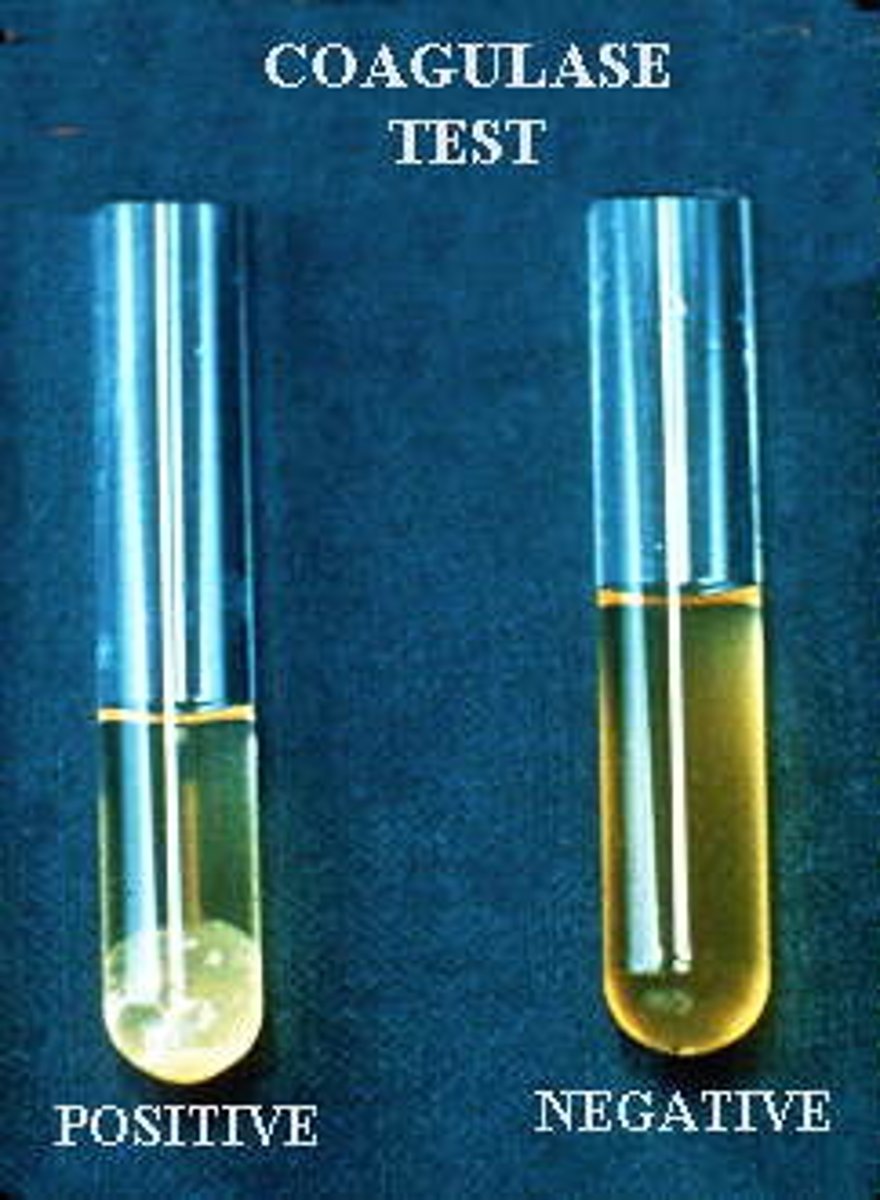
cytolytic toxins
toxins that degrade cytoplasmic membrane integrity which results in cell lysis and death
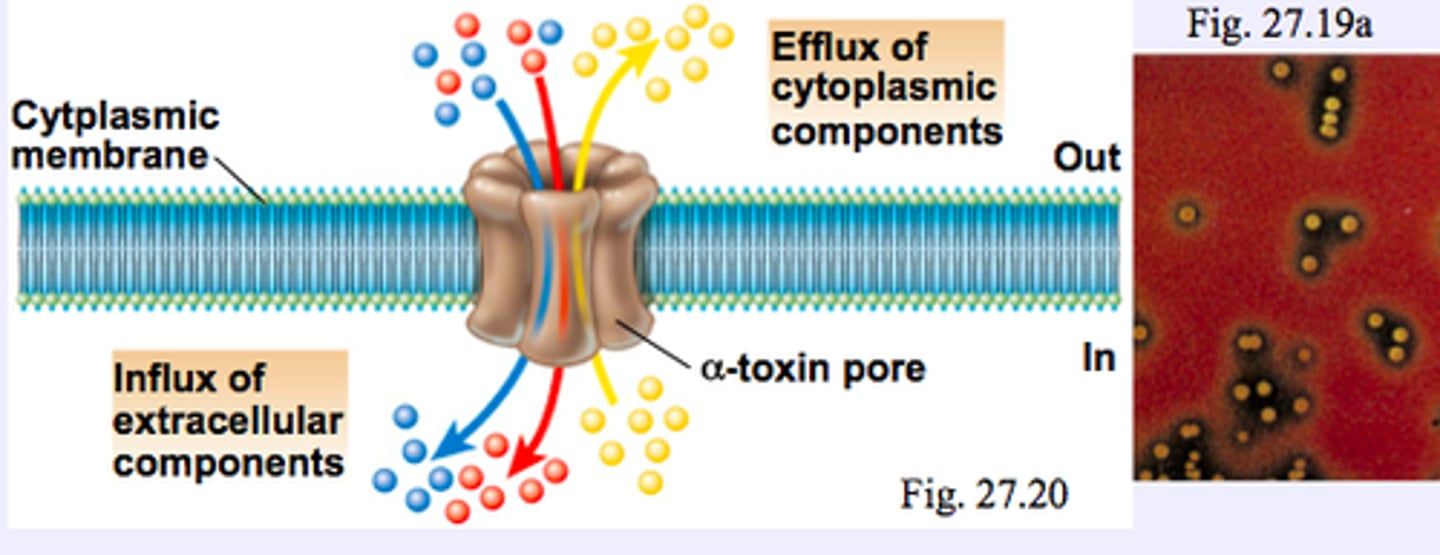
adhesins
cell surface components of bacteria that aid in adhesion to other cells or surfaces an is a virulent factor
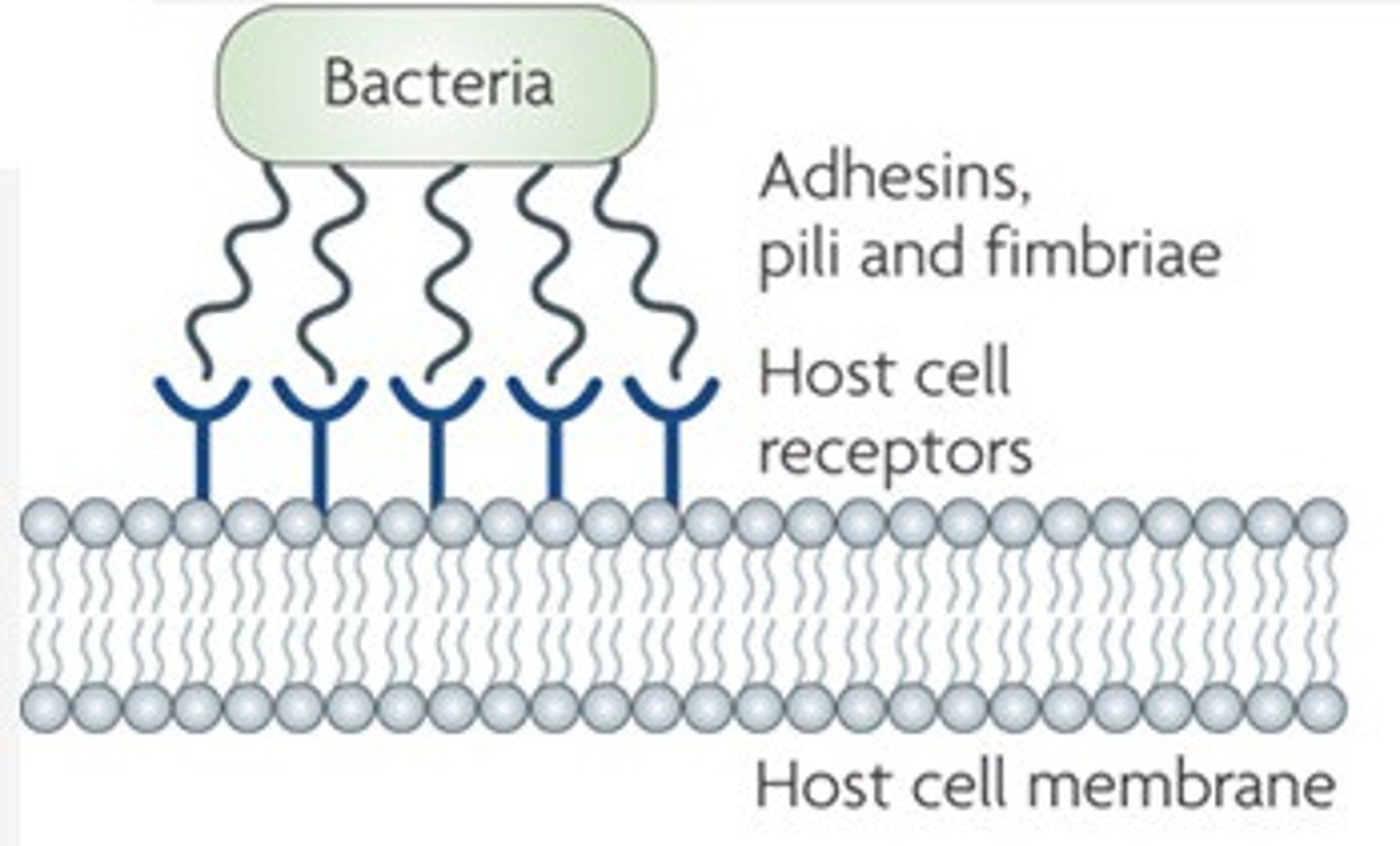
opportunistic infection
infection caused by organisms that do not normally cause disease in healthy hosts
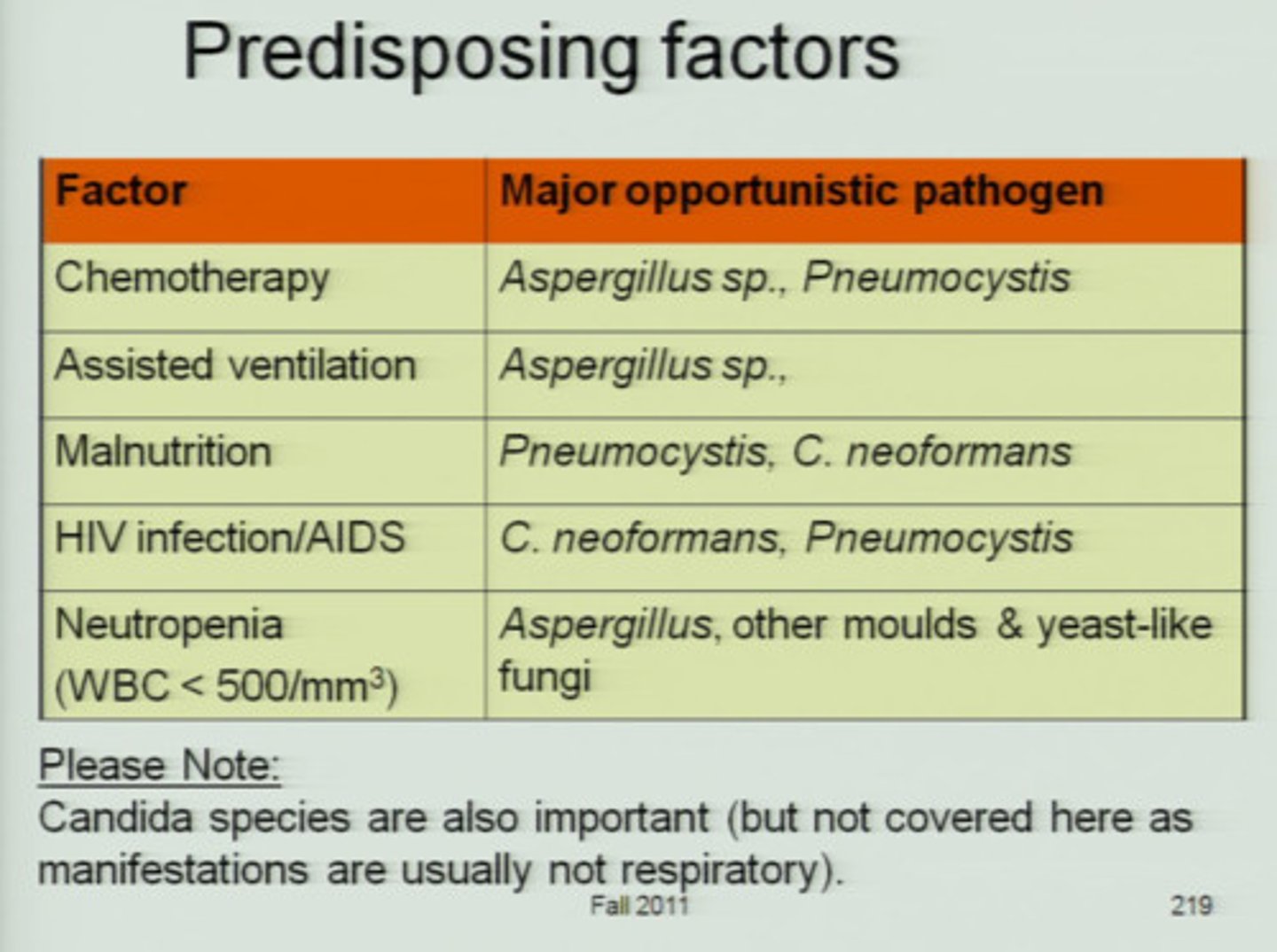
protein A
virulence factor used by some bacteria to bind to the Fc portion of antibodies to prevent phagocytosis by the immune response

infection
when a microorganism is established and growing in a host, could be or could not be harming the host
bacteremia
presence of bacteria in blood, usually transient, no replication
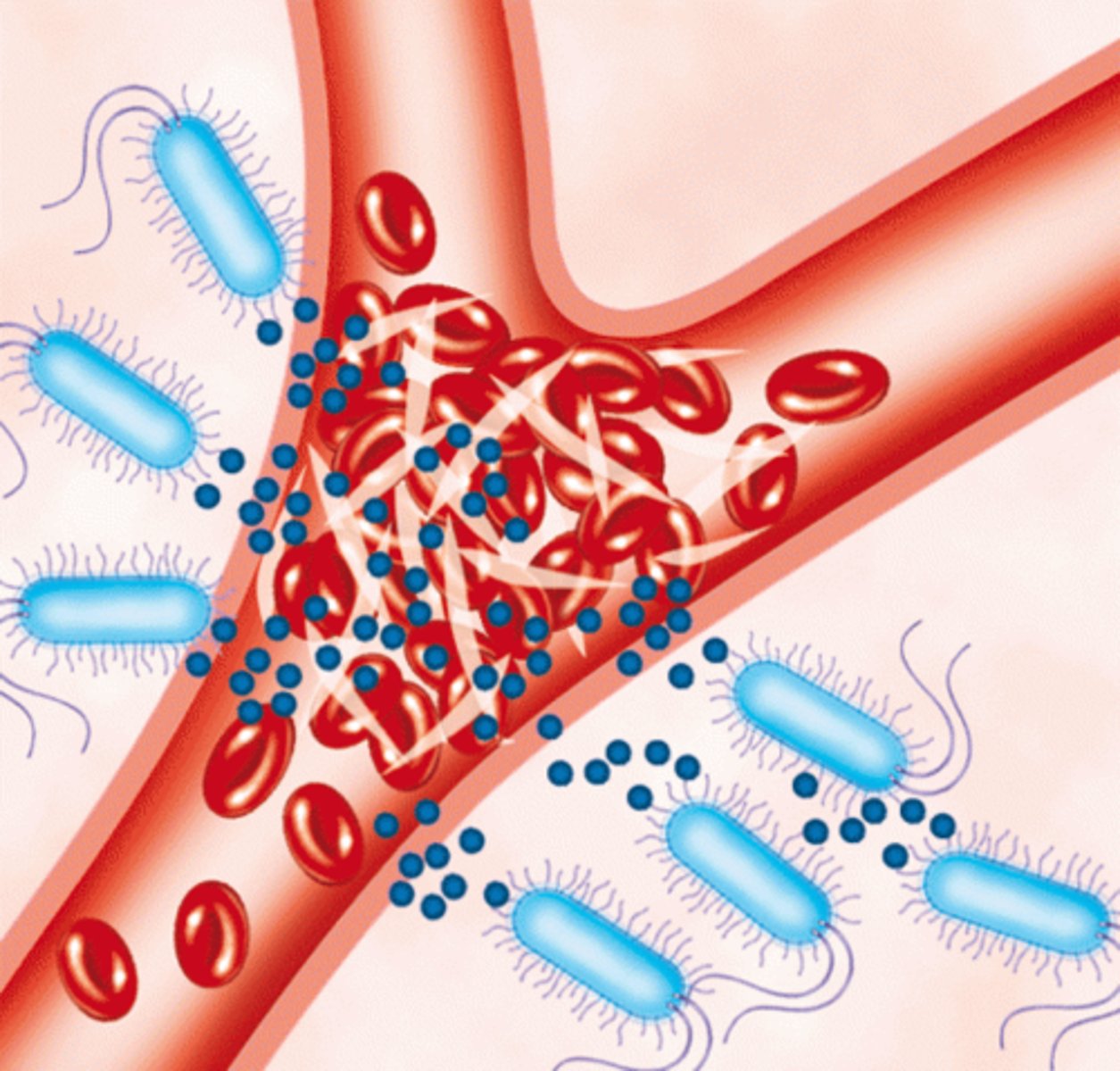
direct transmission
Transmission of an infection in which there is physical contact between an infected individual and an susceptible individual

Clostridium tetani
bacterium that is responsible for causing tetanus

hyluronidase
a tissue destroying enzyme that breaks down host tissues
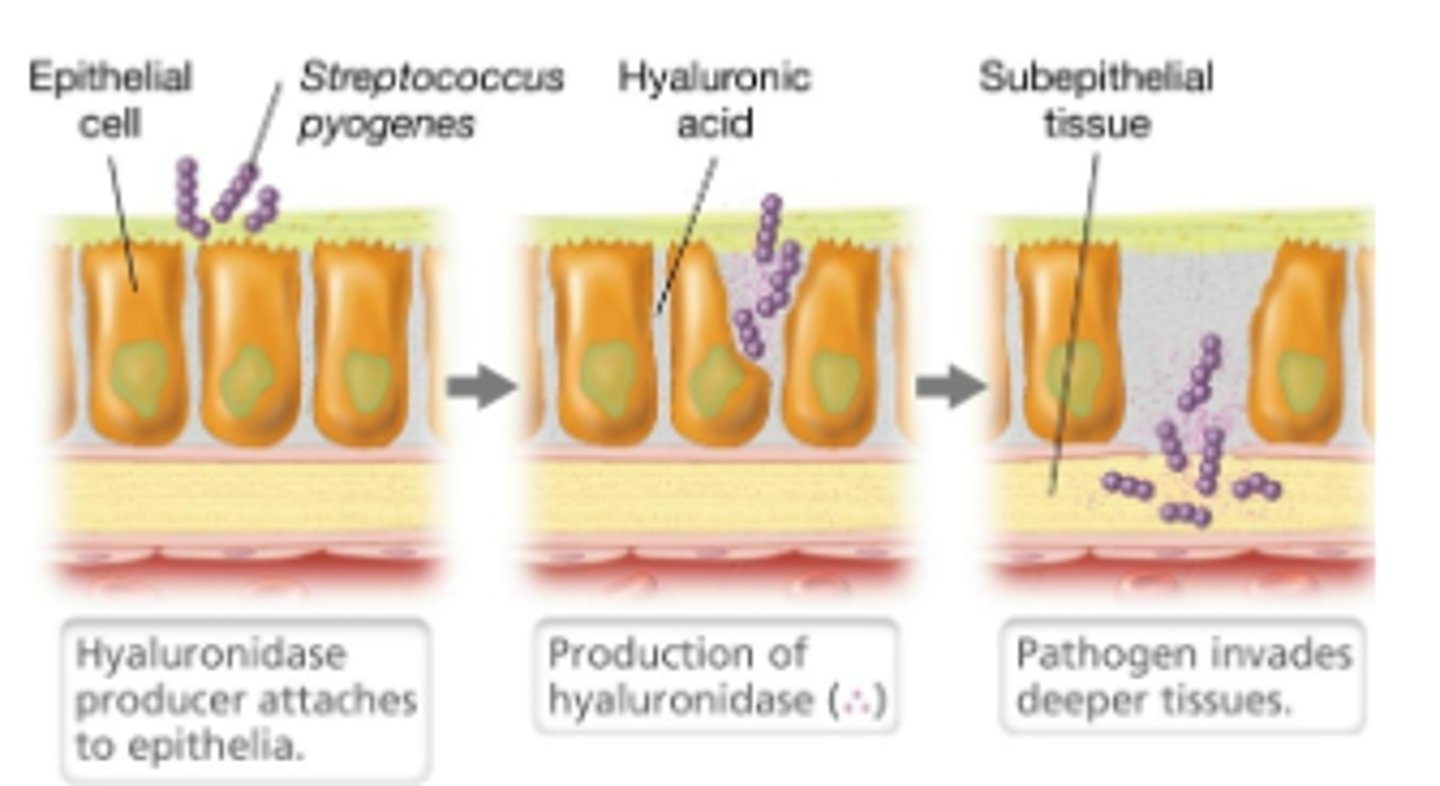
pathogen
microbial parasite that inflicts damage in a host and causes disease
